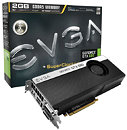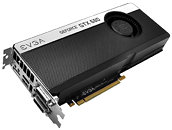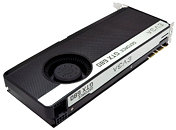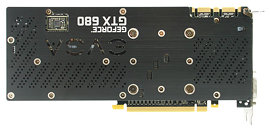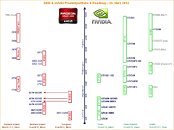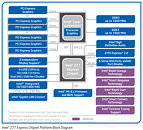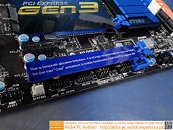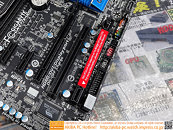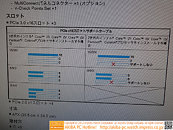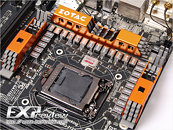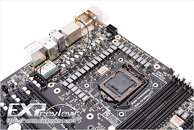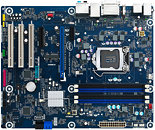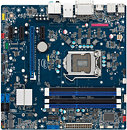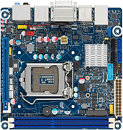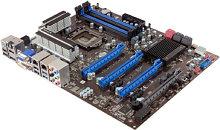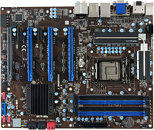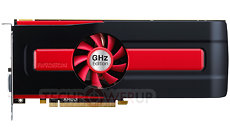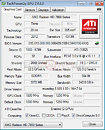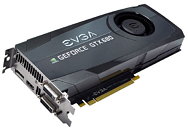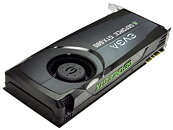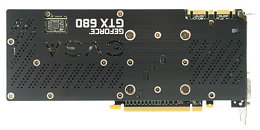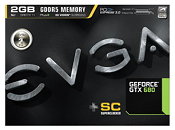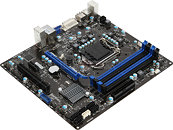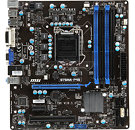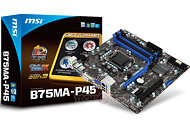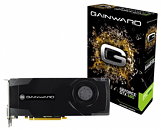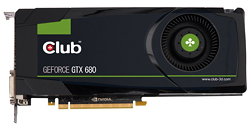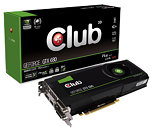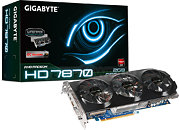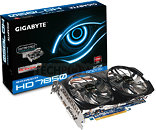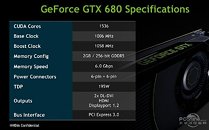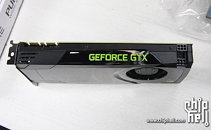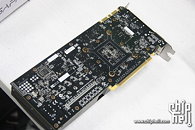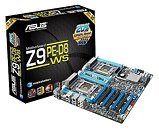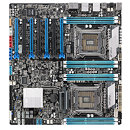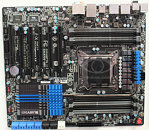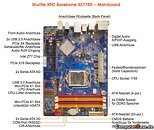Users of systems running Core i7 processors in the LGA2011 package and X79 chipset motherboards will find that their GeForce GTX 680 will not run at PCI-Express 3.0 x16 mode, using launch drivers. This is because NVIDIA decided against implementing Gen 3.0 support for the new GPU on X79/SNB-E systems, at the very last moment. Pre-launch drivers, including the driver that ships on discs with the graphics cards, will let the GPU run at Gen 3.0 mode on some X79/SNB-E systems, however the post-launch stable drivers (such as GeForce 301.10 WHQL), won't.
The
specifications page of GeForce GTX 680 on GeForce.com has been updated to mention this:
GeForce GTX 680 supports PCI Express 3.0. The Intel X79/SNB-E PCI Express 2.0 platform is only currently supported up to 5GT/s (PCIE 2.0) bus speeds even though some motherboard manufacturers have enabled higher 8GT/s speeds.
Sources in the PC motherboard industry we spoke with, confirmed this change. PCI-Express 3.0 x16, for now, might only run on upcoming "Ivy Bridge" Core systems, running on motherboards with PCI-Express 3.0 compliant components. NVIDIA could be working to fix the issue.
Update 3/23, 21:56
NVIDIA courteously responded to our article, with a statement. Here's the statement verbatim:
While X79/SNB-E is a native Gen2 platform, some motherboard manufacturers have enabled Gen3 speeds. With our GTX 680 launch drivers, we will only be supporting Gen2 speeds on X79/SNB-E while we work on validating X79/SNB-E at these faster speeds. Native Gen3 chipsets (like Ivy Bridge) will still run at full Gen3 speeds with our launch drivers.
GeForce GTX 680 supports PCI Express 3.0. It operates properly within the SIG PCI Express Specification and has been validated on multiple upcoming PCI Express 3.0 platforms. Some motherboard manufacturers have released updated SBIOS to enable the Intel X79/SNB-E PCI Express 2.0 platform to run at up to 8GT/s bus speeds. NVIDIA is currently working to validate X79/SNB-E with GTX 680 at these speeds with the goal of enabling 8GT/s via a future software update. Until this validation is complete, the GTX 680 will operate at PCIE 2.0 speeds on X79/SNB-E-based motherboards with the latest web drivers.
This statement confirms our assertions made in the article. NVIDIA's statement on the GeForce.com product page originally formed the basis of this article, which we pasted verbatim, while preparing the article. Motherboard manufacturers have extensively marketed their LGA2011 products as natively supporting PCI-Express Gen 3.0 (8 GT/s). What's more, the
datasheet of Intel Core i7 LGA2011 processors (refer 1.2.2) clearly mentions the PCI-Express root complex as supporting 8 GT/s. AMD Southern Islands GPUs have supported PCI-Express Gen 3.0 on LGA2011 platforms since day one.



